culture, japanese food, japanese history, osaka
Osaka: A City Rich in History and Culture
Bianca Bache
Posted on March 31, 2023
Share:
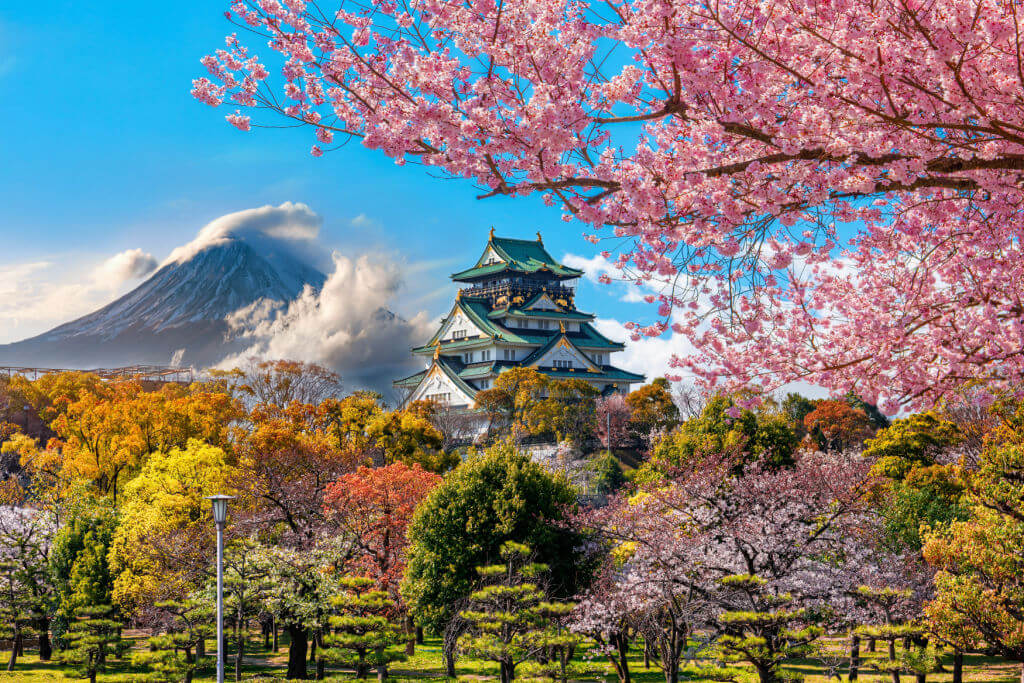
With a history spanning centuries, Osaka has cemented its place as a beacon of culture and heritage. As the third-largest city in Japan, it stands as a testament to the country’s unwavering spirit of innovation and creativity.
Nestled in the lush Kansai region, Osaka is a mecca for both history enthusiasts and economic fans, offering a treasure trove of cultural gems and economic opportunities.
History of the city
Osaka’s history dates back to the early 5th century when it was a small fishing village. During the Edo period (1603-1868), it became an important center of commerce, thanks to its location on the Tokaido and Nakasendo trading routes. It was also a center of manufacturing and distribution, and the city’s thriving economy attracted merchants and traders from all over Japan.
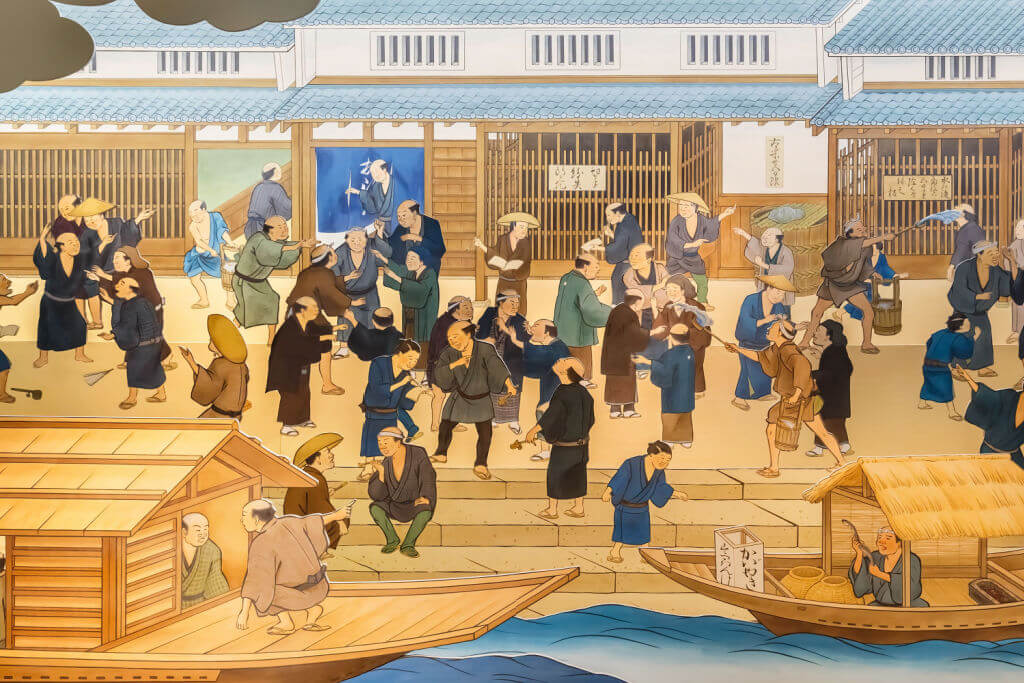
The city suffered severe damage during World War II, but it was rebuilt in the postwar period and emerged as a key economic center in Japan. Today, Osaka is a modern and cosmopolitan city but still retains its rich cultural heritage and traditional charm.
Traditional Osaka
Traditional Osaka is a true testament to the city’s rich cultural heritage. Despite the advancements and modernization that Osaka has undergone over the years, it has managed to preserve its unique traditional charm. One of the most prominent symbols of traditional Osaka is Osaka Castle. This majestic fortress has stood the test of time.
The castle’s architecture is a beautiful blend of traditional Japanese and Western styles, making it a sight to behold. Visitors can explore the castle’s interior and marvel at the stunning artifacts and exhibits that showcase Osaka’s history and culture.
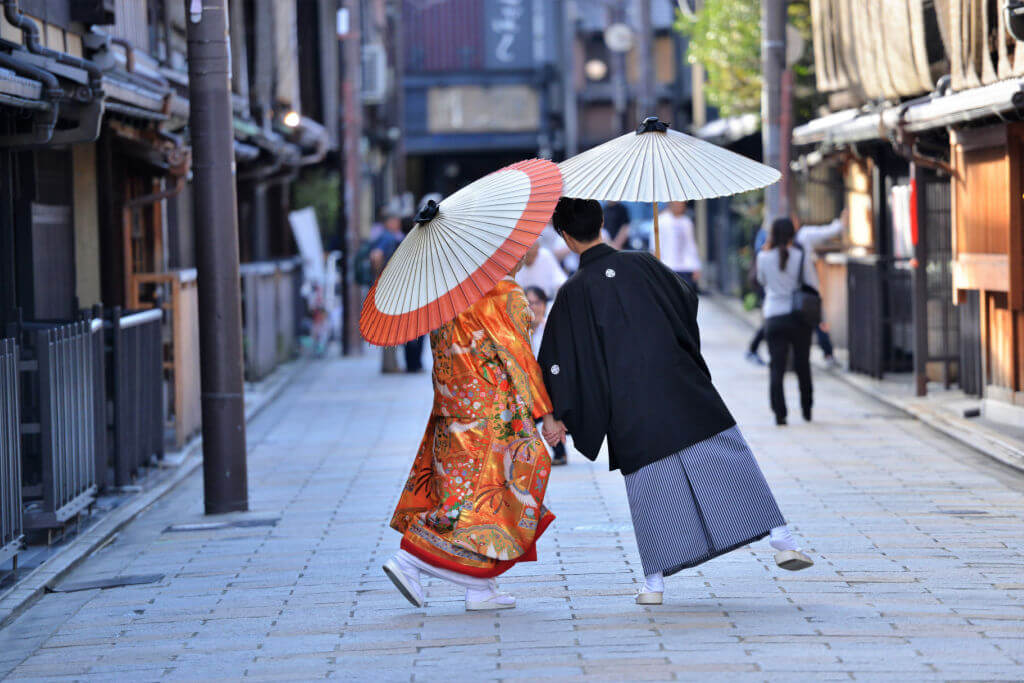
In addition to Osaka Castle, the city is also home to a variety of traditional performing arts that have been passed down from generation to generation. Kabuki, a type of traditional Japanese theater, is a prime example of this. Osaka has its own unique style of kabuki, which is known as Kamigata kabuki. Kamigata is renowned for its colorful costumes, dynamic choreography, and lively performances.
Another traditional art form that is famous in this region is bunraku. A type of puppet theater that dates back to the 17th century. The art of rakugo, a form of comic storytelling, is also a beloved tradition in Osaka and continues to captivate audiences to this day.
Modern-day Osaka
Although the city is rich in history, it has been able to cement itself as a booming cosmopolitan city that has a lot to offer visitors. It offers standout landmarks like the Umeda Sky Building, a stunning skyscraper that offers panoramic city views.
But it’s not just the cityscape that is astonishing to see. The city also has attractions such as Universal Studios Japan! A theme park featuring popular movies and TV shows like Harry Potter and Jurassic Park. The city is also known for its numerous shopping arcades, including the famous Shinsaibashi and department stores like Namba Parks.
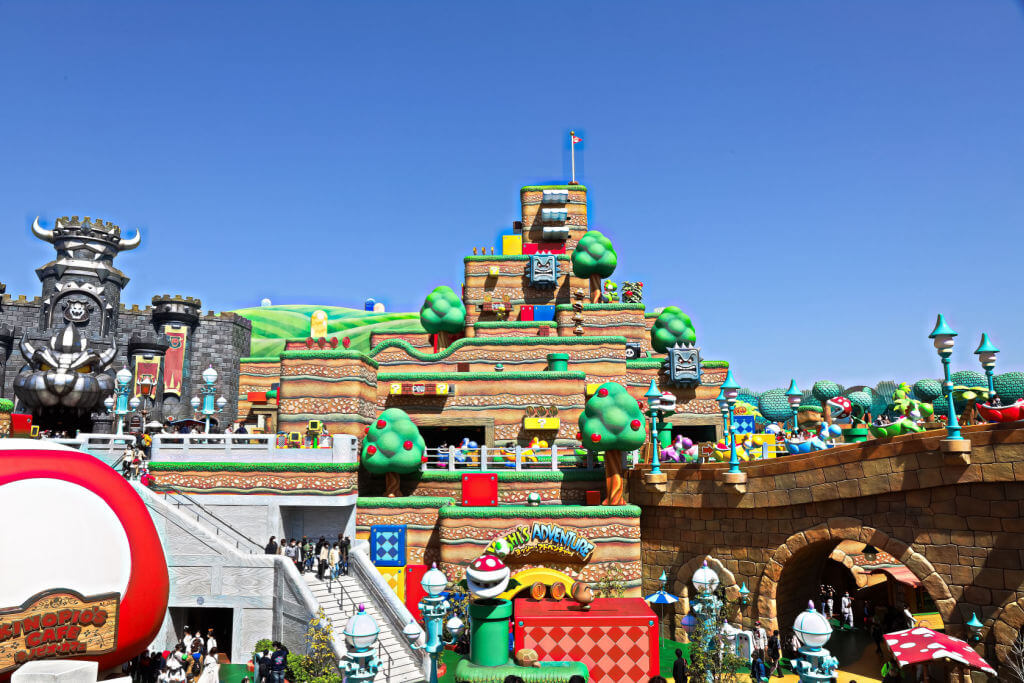
Visitors can indulge in the city’s food scene. Which includes Michelin-starred restaurants such as Hajime and Taian, as well as trendy cafes and bars. Osaka is a dynamic city that merges its cultural heritage with modern entertainment and dining options, providing a diverse experience for all visitors.
The Dialect
Osaka-ben is an integral part of Osaka’s cultural identity, and it sets the city apart from other regions of Japan. This unique dialect has a distinct sound and intonation that is immediately recognizable to native speakers. One of the most noticeable features of Osaka-ben is the use of the suffix “-haru,”. Which is added to the end of words to convey a sense of familiarity and friendliness. This suffix is often used to address friends, family members, and even strangers in casual settings.
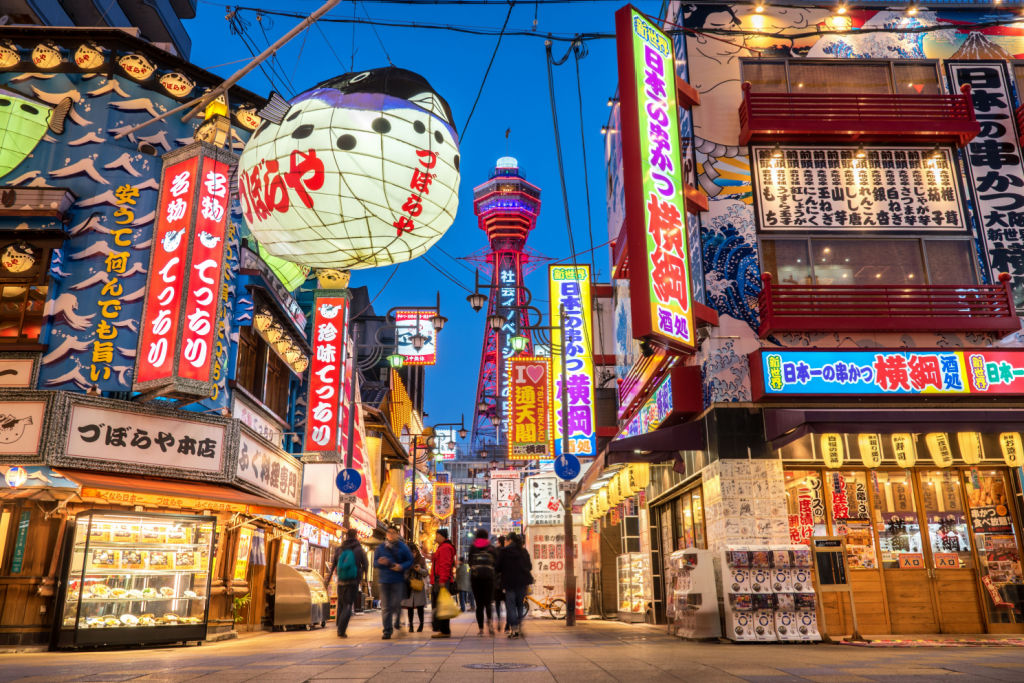
How is Osaka different from Tokyo?
Aside from their size, Osaka and Tokyo also have distinct cultural and social differences. One of the most notable differences is in the way people interact with one another. Osaka is known for its friendly and outgoing locals who are quick to strike up a conversation with strangers. In contrast, Tokyoites tend to be more reserved and may come across as more distant or formal.
Another difference is in the food culture. While both cities have a rich culinary scene, the types of food and dining experiences vary greatly. Osaka is famous for its street food and casual dining culture. With an emphasis on hearty and flavorful dishes like okonomiyaki (savory pancakes), takoyaki (octopus balls), and kushikatsu (deep-fried skewers). On the other hand, Tokyo is known for its more upscale dining experiences. There is a wider variety of cuisine options, including Michelin-starred restaurants and sushi bars.
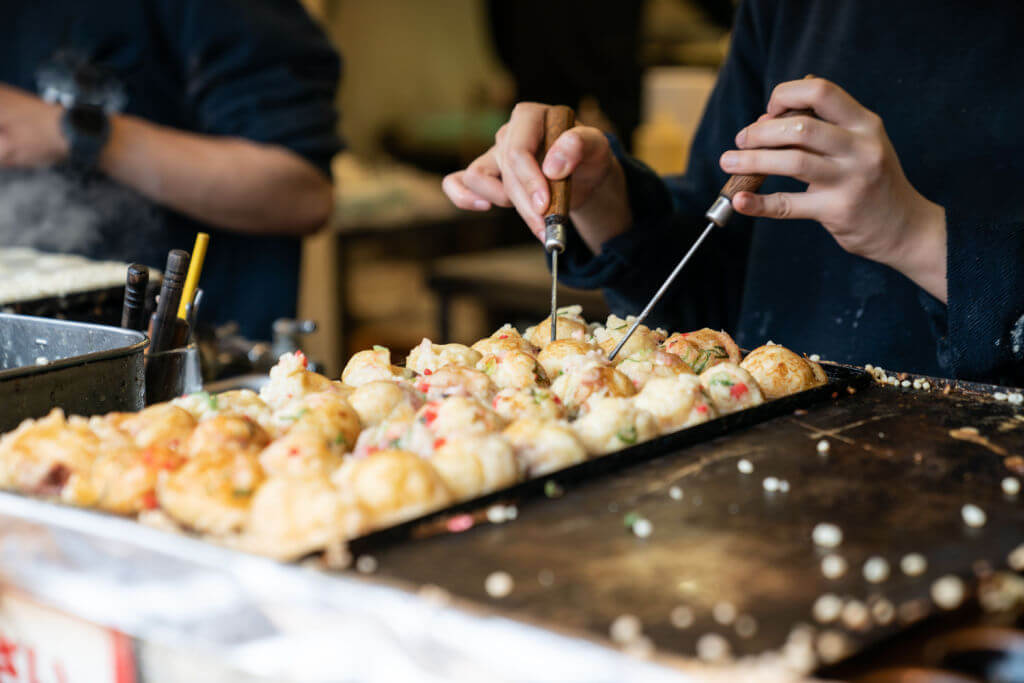
Osaka is a city that seamlessly blends its rich cultural heritage. With modern-day attractions and entertainment options, from its traditional landmarks, such as Osaka Castle and its iconic kabuki and rakugo performances. Osaka has something to offer to its modern-day attractions. Such as Universal Studios Japan and the Umeda Sky Building, for every visitor and locals.
Would you like to visit Osaka and experience this city yourself? What would you most like to see or do? Let us know in the comments below!

Discover authentic flavors with Sakuraco
Get Sakuraco 

Discover authentic flavors with Sakuraco
Get Sakuraco 
Related Articles
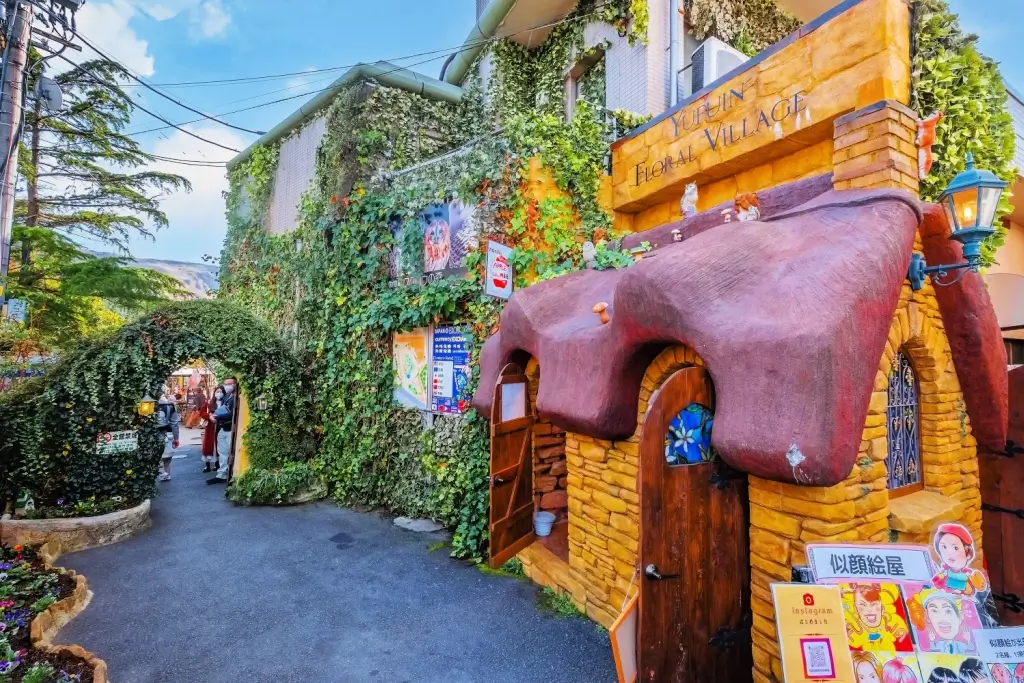
Oita Prefecture: Land of Hot Springs and Castles
Oita Prefecture is full of natural beauty, history, and wellness. The area offers visitors an experience of Japanese tradition and the healing powers of its famous hot springs.
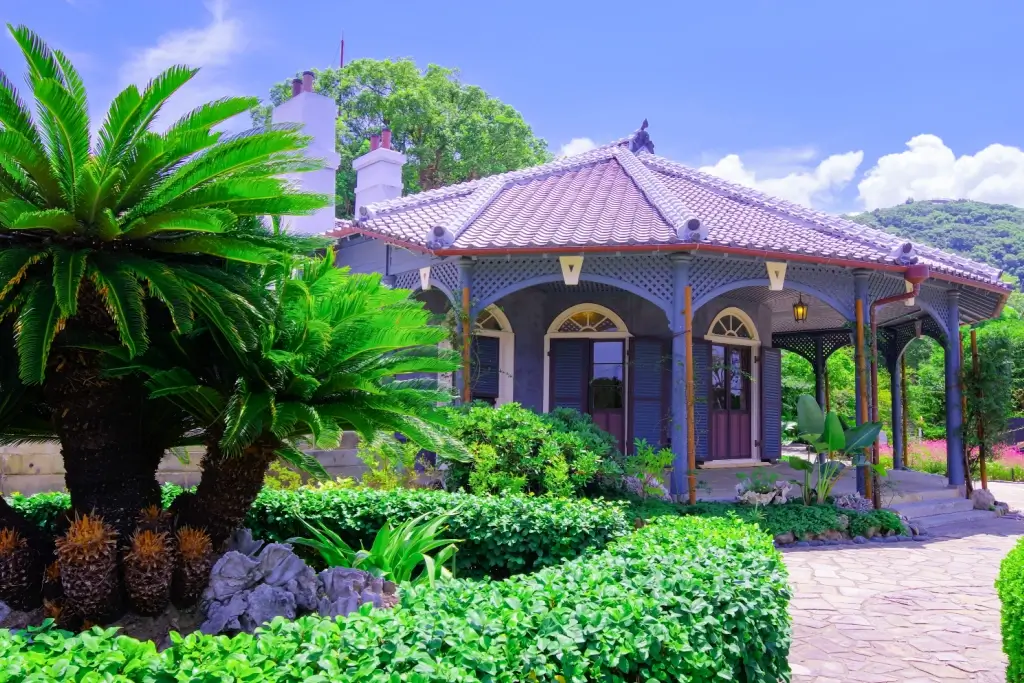
Nagasaki Sights: Churches, Parks, and Beautiful Gardens
Whether you like history or want a scenic adventure, Nagasaki’s sights promise something memorable for every visitor!

Shiga Prefecture: Discovering Western Japan’s Treasures
Shiga (滋賀県) is a landlocked prefecture in the Kansai region of Japan. It is surrounded by Kyoto, Gifu, Mie, and Fukui Prefectures and has no access to the sea. Shiga may have no coastline, but its fantastic history has resulted in a disproportionate number of historical sites.
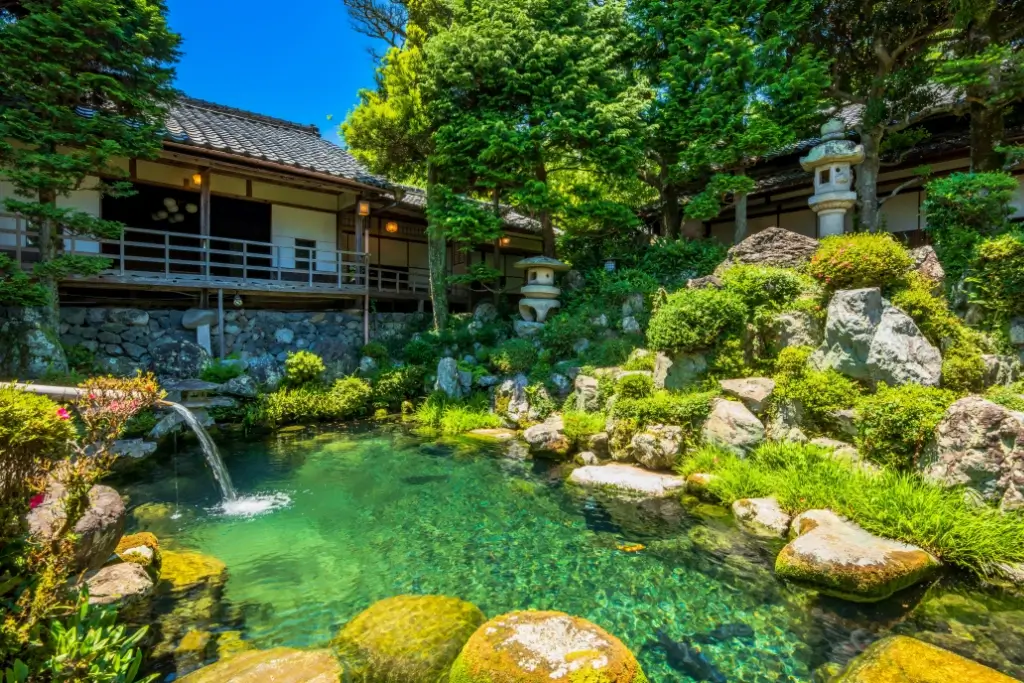
Mie Prefecture: Japan’s Bridge Between the East and West
In Japan, Mie Prefecture has historically served as a unique cultural crossroads. Its significance. lies in its geography and role as a living repository of Japanese history, spirituality, and culture.


